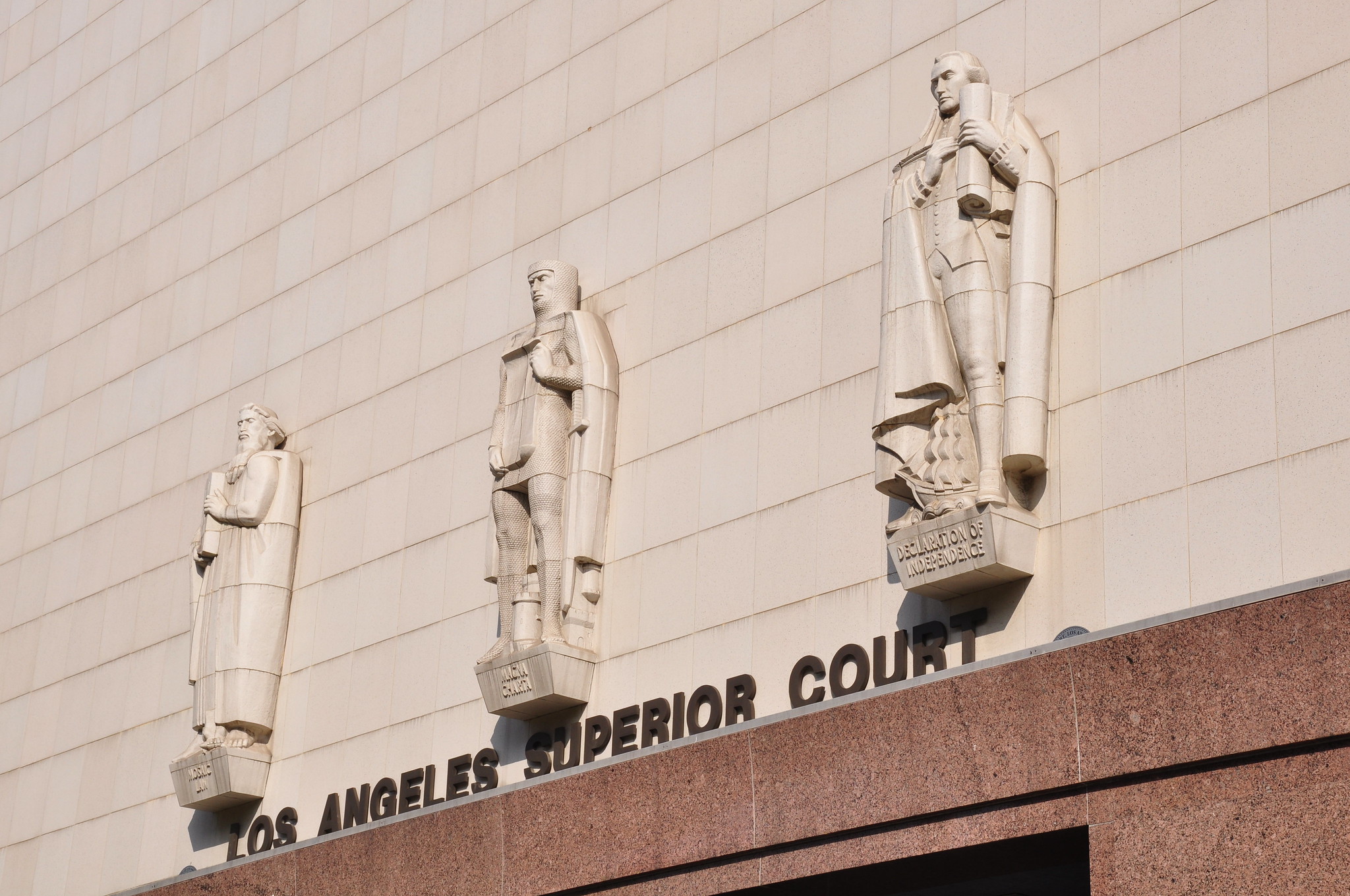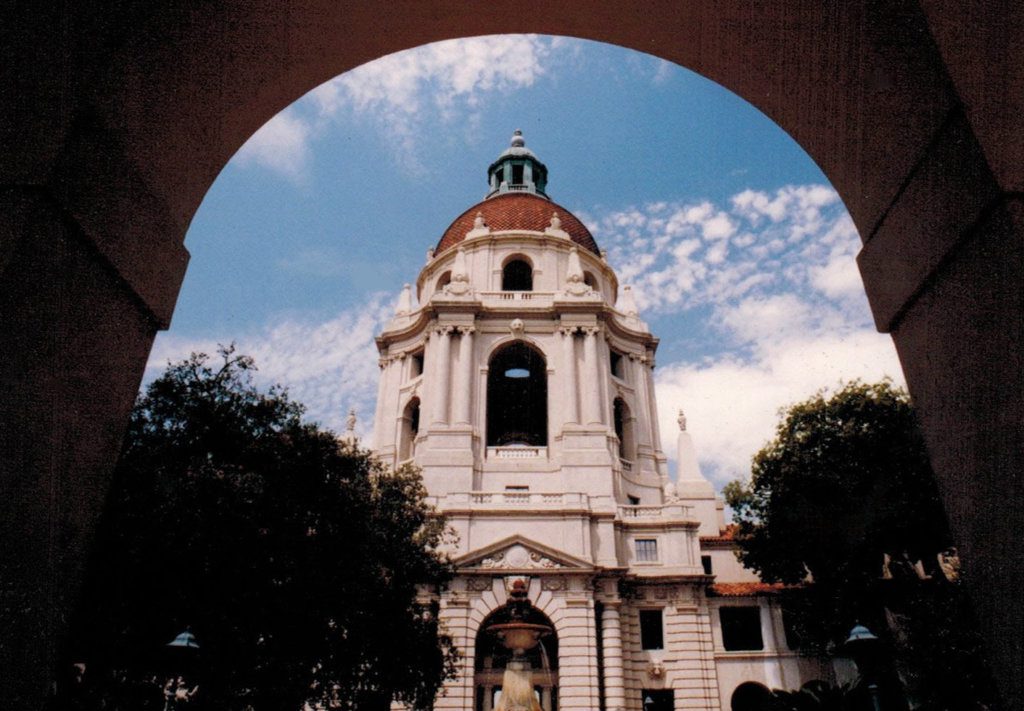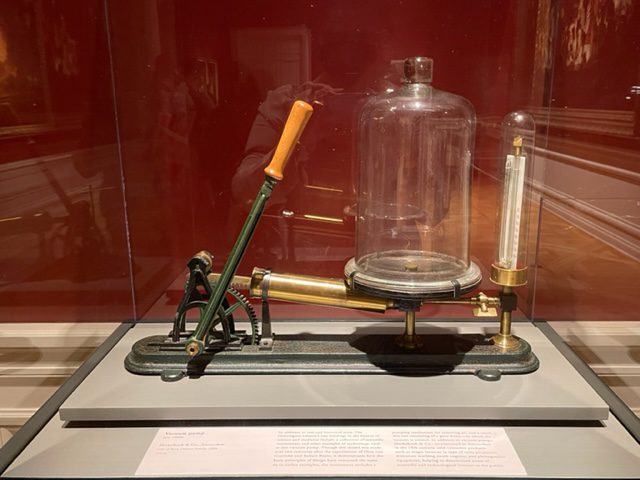
By May S. Ruiz
It isn’t often that an art exhibition satisfies the artistic and intellectual predilections at once. Visitors to The Huntington Library, Art Museum, and Botanical Gardens will enjoy that rare occasion in an installation called “Science and the Sublime: A Masterpiece by Joseph Wright of Derby.” It is on view from February 12 through May 23, 2022 at the Huntington Gallery’s North Passage.
The centerpiece of this exhibition is the imposing 6-by-8 foot painting called “An Experiment on a Bird in the Air Pump.” Reputedly one of the great masterpieces from the Age of Enlightenment, it is on loan from the National Gallery in London – a reciprocal exchange for the Huntington’s ‘Blue Boy.’
As anyone who frequents The Huntington’s galleries can tell you, a scientific painting isn’t something we expect to see among its magnificent collections. It is quite a surprise, then, that this artwork is what the institution has selected in exchange for Gainsborough’s strikingly beautiful and iconic masterpiece.
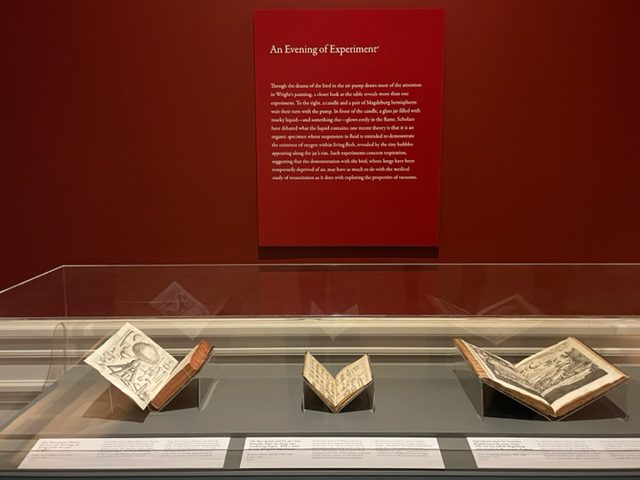
During a press event one day before the exhibition’s opening, Christina Nielsen, the Hannah and Russel Kully Director of the Art Museum, declares about the choice, “This is the poster painting for scientific pursuits and the Enlightenment and we’re thrilled to have it complement our fantastic collection. This small but impactful installation is really something that only The Huntington can do. Not many institutions in the United States can claim to have experts in British Art and in the History of Medicine in the same place. We have one borrowed painting and 15 objects drawn from both the art museum’s and the world-renowned library’s collection. It is a wonderful opportunity to collaborate within The Huntington’s own collecting areas to forge deeper connections between its two holdings.”
Melinda McCurdy, The Huntington’s Curator of British Art, alongside Joel Klein, Molina Curator for the History of Medicine and Allied Sciences, led this installation. She echoes Nielsen’s assertion. “This is the first time we created an exhibition where we consciously combine science and art. This painting lends itself to this kind of display and that’s incredibly rare. We were able to really tap into our expertise and our collection to bring these materials together and use them to explain context of an iconic piece.”
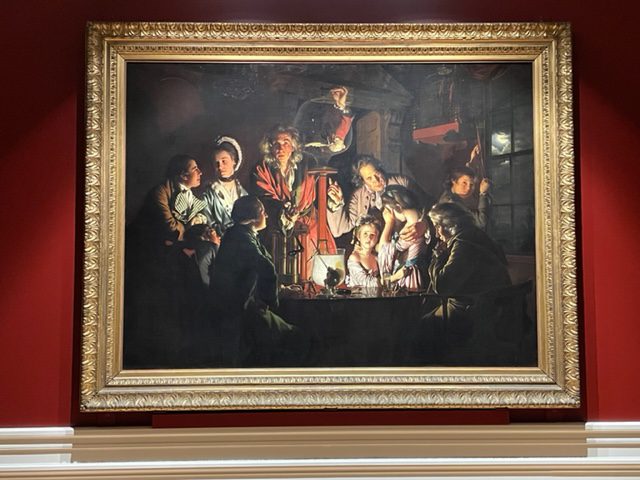
Joseph Wright of Derby’s “An Experiment on a Bird in the Air Pump,” as The Huntington’s press release describes, is a powerful scene that depicts a small group of people gathered around a candlelit table where someone is conducting an experiment. Following 17th-century chemist Robert Boyle’s example, the man slowly removes air from a glass jar as his audience awaits the fate of the cockatiel inside. The observer’s reactions range from fascination to dismay. This tableau is an exercise in the sublime – a moment of extreme tension that can be perceived as a dramatic meditation on the fragility of life. Simultaneously, the experiment being performed demonstrates advances in the fields of science and medicine, making the scene a celebration of human achievement.
“We call the exhibition ‘Science and the Sublime,’” explains McCurdy. “The Sublime is an aesthetic category that was coined in the 18th century by philosopher Edmund Burke as producing the strongest emotions the mind is capable of, such as awe or terror, but in a way that causes pleasure. The thrill of the sublime can be found in nature: in things of immense size – like huge mountains – or that are dangerous or unknown – like deep chasms or dark caves. And Joseph Wright of Derby was working in that aesthetic.”
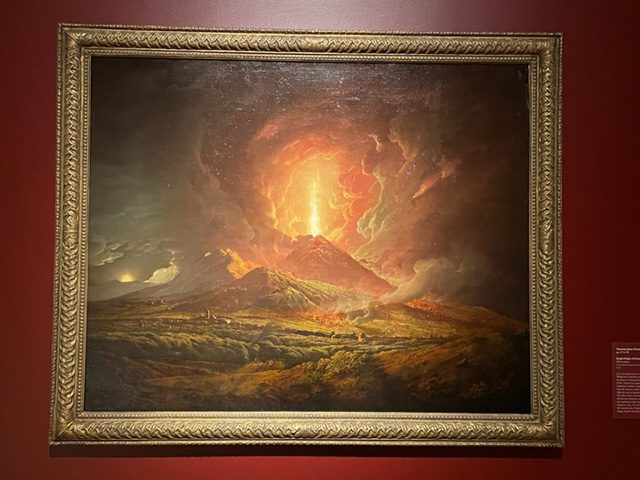
Two Wright of Derby paintings in The Huntington’s permanent collection are also part of the exhibition – “Vesuvius from Portici” and “Two Boys by Candlelight, Blowing a Bladder.” Both pieces show light and dark to dramatic effect: the abrupt burst of light in the explosion of Mount Vesuvius painting can be shocking to the senses, much like going into a darkened room and then someone suddenly turning on the light.
The second painting is more experimental says, McCurdy. “This one shows two boys holding what looks like a balloon, but is actually a bladder. His intention was to create incredible luminosity around the bladder – the candle illuminated it and made it shine and glow very strongly. In fact, he experimented with his method and put a layer of silver leaf beneath the paint to make it reflect back and create a much more prominent glow.”
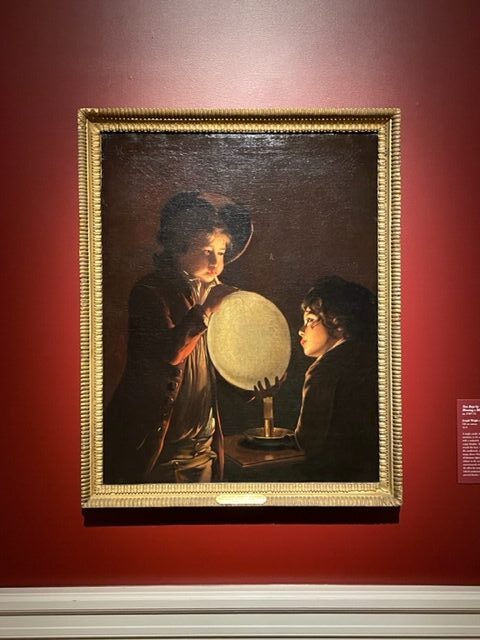
“When museums speak to each other about lending out absolute iconic masterpieces, the conversations go on for years,” Nielsen clarifies. “We’re really lucky at the Huntington that we have these two paintings and the incredible collection that we have between different parts of the institution so that we can bring this together. The decision for us to lend the ‘Blue Boy’ was not an easy one. And neither was it an easy decision for the National Gallery to lend this – it is requested all the time. In fact, when we started our conversation, it was on loan to Uffizi in Florence for an exhibition there. But when they heard what we wanted to do with it and how we could pair it with our incredible collections, they said ‘Yeah, you have to do it.’ They were very excited. The National Gallery has been an amazing partner.”
Klein states, “I first saw ‘An Experiment on a Bird in the Air Pump’ 12 years ago when I was a graduate student in Europe and working on my dissertation. Why is the air pump so important? It’s hard to find a modern equivalent, but it’s something like the particle accelerator of the 17th and 18th centuries. This was big science.”
“Many earlier scientists and philosophers were followers of the teachings of Aristotle who believed that a vacuum in nature was an impossibility,” expounds Klein. “When Robert Boyle and other fellows of the newly formed Royal Society of London used the recently invented air pump to show that vacuums can exist and that air pressure is inversely related to its volume, it was transformative. Boyle and his collaborators also used the air pump to study the nature of air, showing its effects on animal respiration, as well as combustion. I’d like to point out that this painting isn’t so much about an experiment – the bird was safe and wasn’t going to die – as it is a demonstration.”
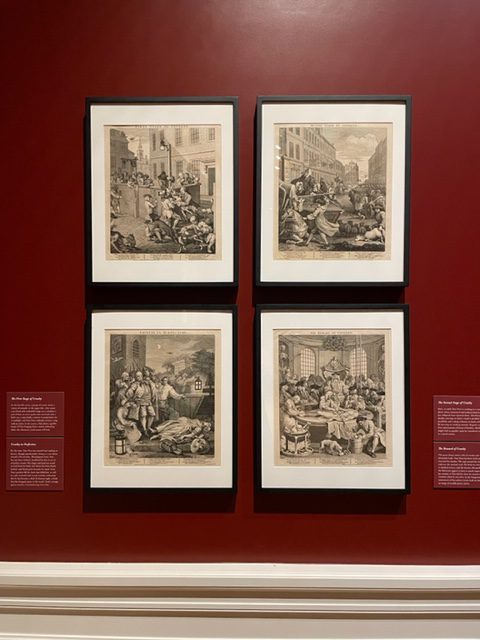
Another important aspect that this painting evoked is the practice of using animals in scientific research and experiments, bringing into focus animal rights and cruelty to animals. And Wright was actively engaged in the moral debate about animal cruelty that was active in the 18th century.
The “Science and the Sublime” exhibition incorporates pictures related to the treatment of animals; a selection from the 47,000 volumes and approximately 1,000 scientific objects from the Burndy Library that’s housed in The Huntington Library; two Joseph Wright of Derby paintings – anchored by his monumental “An Experiment on a Bird in the Air Pump.”
While some of us might be disappointed that what we’ll see in exchange for our beloved “Blue Boy” isn’t a beautiful portrait of a resplendently attired 18th-century British aristocrat, we can appreciate the curators’ choice. This exceptional opportunity to showcase The Huntington’s strength – a formidable collection of British art masterpieces coupled with a vast repository of materials related to the history of medicine and science – should be enthusiastically embraced.





